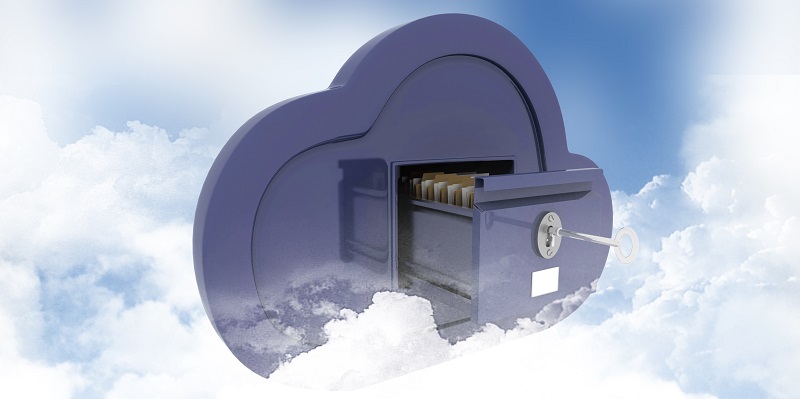In today’s digital landscape, the rapid adoption of cloud-based services has become commonplace across industries. However, as organizations increasingly rely on these services, it is crucial to exercise caution and remain fully aware of the intricacies involved. This article explores the potential risks associated with cloud computing, the need for strong security measures, and the importance of taking a proactive, defense-in-depth approach.
Potential Risks in Cloud Computing
As businesses move their infrastructure to the cloud, they effectively outsource infrastructure management to their cloud service providers (CSPs). While this offers numerous benefits, it also introduces potential vulnerabilities. Without robust safeguards, organizations can face breaches, leaks, and hijacks. Cloud environments also present new attack surfaces, such as Application Programming Interfaces (APIs) and interfaces that did not exist in traditional infrastructures.
Security Measures for Cloud Computing
To mitigate risks in the cloud, organizations must implement robust security measures. These measures include multi-factor authentication, restrictive security groups, and encrypted data and connections. Multi-factor authentication ensures that users must provide multiple forms of verification before accessing cloud resources. Restrictive security groups limit access to specific resources and enhance overall security. Additionally, encryption of sensitive data both during transmission and while at rest guarantees data integrity and confidentiality.
Defense-in-Depth Approach
Cloud computing operates on a shared responsibility model between the organization and the CSP. Therefore, it is crucial to adopt a proactive defense-in-depth approach. This approach involves implementing multiple layers of security controls to align with the shared responsibility model. Strong and unique passwords, regularly updated authentication protocols, and access controls are essential components of a robust defense-in-depth strategy.
Enhanced Security Technologies in the Cloud
Emerging technologies play a crucial role in enhancing cloud security. Cloud Security Posture Management (CSPM) solutions provide continuous analysis of an organization’s cloud security, highlighting potential misconfigurations and vulnerabilities. These solutions monitor cloud resources, identify risks, and enable organizations to swiftly address vulnerabilities before they are exploited. By leveraging CSPM solutions, businesses can enhance their overall cloud security posture.
Reduction of Attack Surface in Cloud Environments
A critical aspect of cloud security is reducing the attack surface. This entails securing workloads and the underlying infrastructure. Cloud Workload Protection Platforms (CWPPs) help organizations prevent, detect, and respond to threats within cloud environments. By continuously monitoring and implementing security controls, CWPPs reduce the attack surface, making it more challenging for attackers to compromise cloud resources.
The increasing reliance on cloud-based services necessitates a meticulous approach towards security. Organizations must understand the potential risks and vulnerabilities associated with cloud computing and take proactive steps to mitigate them. By implementing strong safeguards, adhering to a defense-in-depth approach, and leveraging emerging technologies like CSPM solutions and CWPPs, businesses can enhance their cloud security posture, safeguard sensitive data, and protect against evolving threats. Through these measures, organizations can confidently navigate the cloud landscape, knowing their data and infrastructure are secure.

